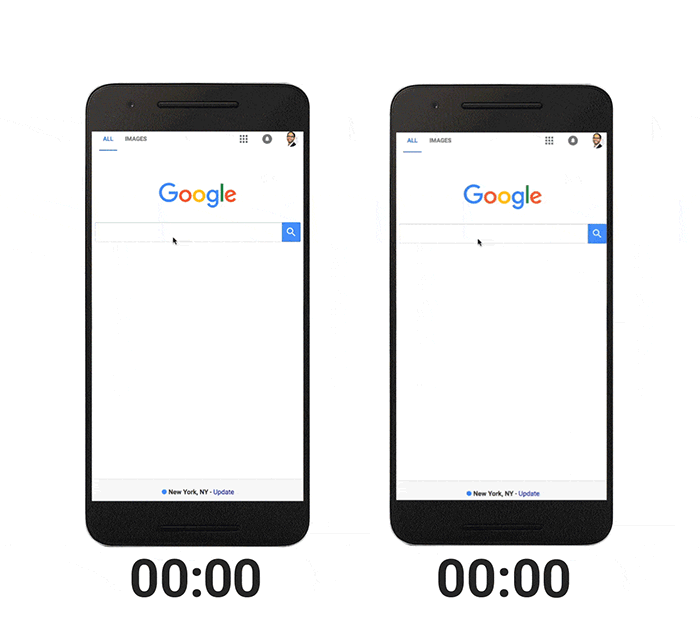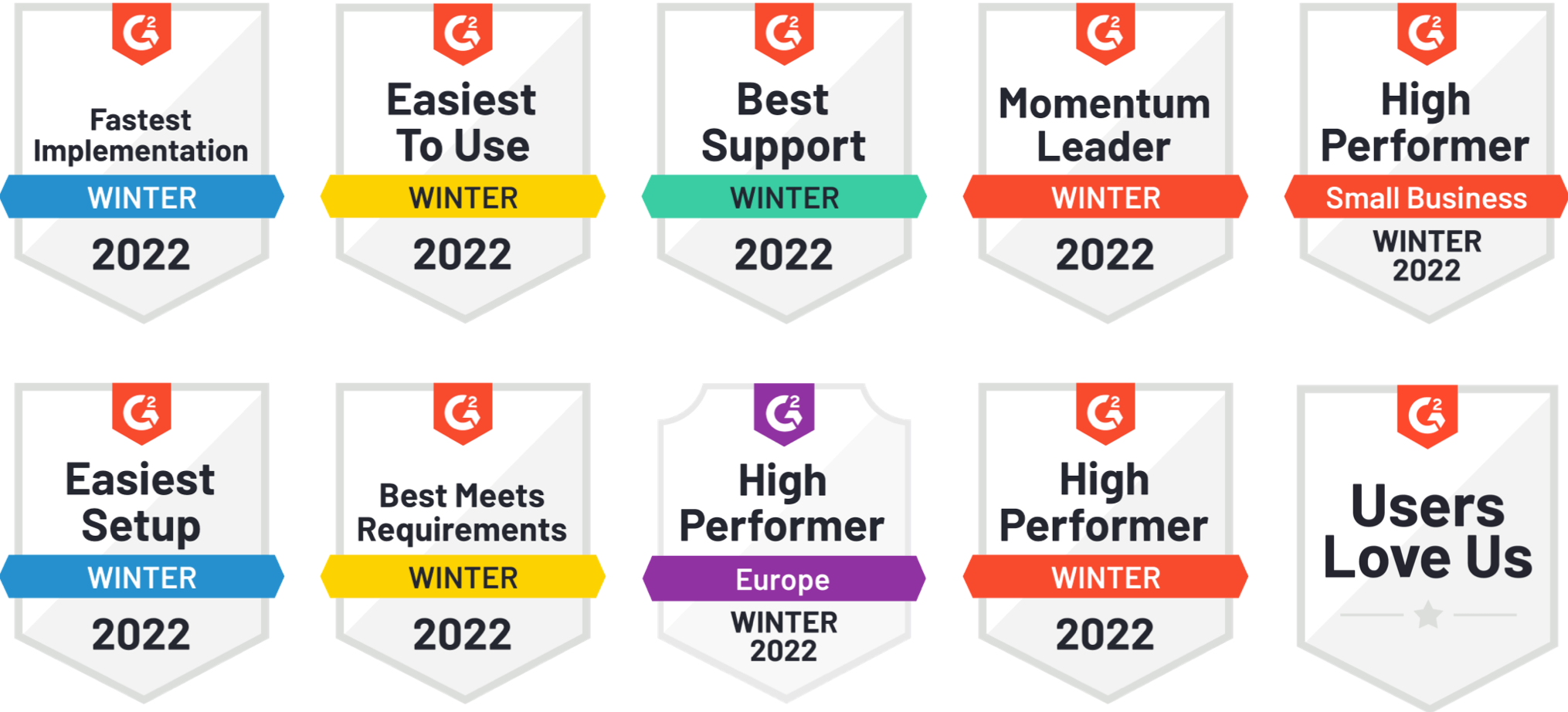Since the rise of mobile, performance in terms of speed has become increasingly important. Not so long ago, people were willing to wait because the entire online experience was new. Not so much nowadays.
The AMP Project
That's the reason why Google launched the AMP Project in 2015. AMP stands for Accelerated Mobile Pages, and that's what it's about: fast mobile websites. These are web pages written in AMPHTML for blisteringly fast performance.
However, display ads have been lagging behind. While mobile websites can be blisteringly fast ads are painfully slow. This is where AMP ads come in.
In a nutshell, AMP ads build upon the core of AMP pages to deliver a better ad experience. They are faster, lighter and safer than traditional HTML5 banner ads. This improves viewability and increases ad performance and trust.
AMP ads are fast, very fast!
Take a look at this comparison from Instapage:

The regular banner ad on the left takes more than three seconds to load while the AMP ad on the right takes half a second. Now we all know what ad performance means for clicks, conversions, and monetization, right?
This has obvious ramifications for the visibility of your display ads. If people can't see it, they won't click on it. This hurts both advertisers and publishers. The sheer speed with which AMP ads are loaded counter this issue in a major way.
AMP ads are lighter and safer
Lighter ads provide a better user experience. Why? Not only because they load faster but also because they don’t use as many external resources like javascript libraries. Therefore there is less chance of errors and broken ad experiences.
AMP ads are served from the Google AMP Cache which acts as a content delivery network for all AMP documents. This comes with a built-in validation system that eliminates the risk of malware being spread by ads.
No risk of malware and broken ad experiences builds trust for brands using AMP ads.
AMP ads are not only for AMP pages
You may think that AMP ads are just for AMP pages, but this isn’t the case. Just as you can show HTML5 ads on AMP pages you can show AMP ads on regular websites.Being able to use AMP ads on regular websites is good news for both publishers and advertisers.
Publishers have the opportunity to increase their revenue, whereas advertisers enjoy much greater visibility of their ads.
Circumventing Google Ads restrictions
In 2018 Google has restricted the use of HTML5 ads on their advertising platform. Even if you could use HTML5 ads before you may now find that you can't anymore if you don't meet their guidelines. Google excludes accounts from HTML5 access that don't meet the following requirements:
- Account has been open for more than 90 days
- Account has a good history of policy compliance
- Account has more than USD 9,000 total lifetime spend
Several Google Partners have been severely hit by this, with their customers left standing in the cold. Not all smaller advertisers have reached the lifetime spend and especially new accounts are hit. Parties that don't meet the Google requires may still request access to use HTML5 ads. However, many agencies and advertisers alike have already experience that it may take a long time for Google to respond and their feedback is little.
AMP ads are your shortcut to get your ads up and running, since Google places has set no restriction to AMPHTML access.
Are you ready to start using AMP ads?
Fast performance, better user experience, and increased views are great reasons to start using AMP ads. In fact, if you use Google Ads for display advertising why not switch over from HTML5 ads to AMP ads altogether?
You may not have access to a developer that helps you codes in your animations, click-tags and meta data. In that case, we've got you covered. With Bannerwise it is just as easy to export your ads in AMPHTML format as it is to export them in HTML5. Feel free to reach out to one of our export for some advice!


